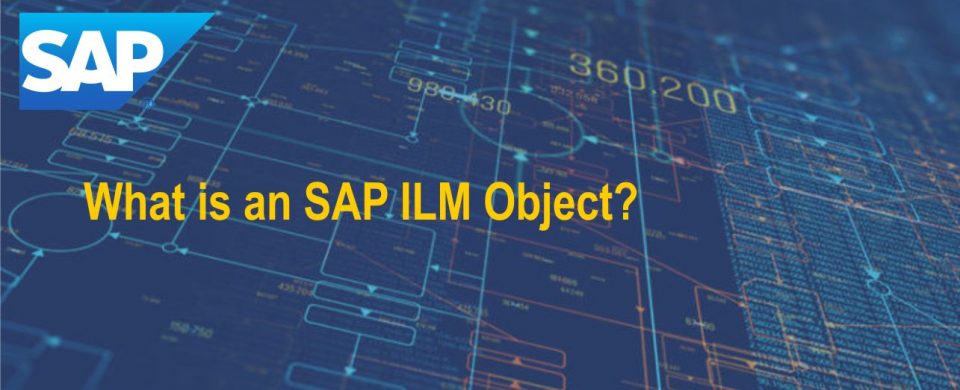What is an SAP ILM Object
Archiving objects and data destruction objects need erudition on the holding phase of the relevant data. To facilitate the accommodation of this information for you and developers of such software functionalities, the data is bound to SAP ILM objects.
An SAP Information Lifecycle Management (SAP ILM) object is perpetually relegated to both an archiving object or a data destruction object. In exceptional circumstances, it’s assigned to more than one archiving or data destruction object, for example, when an archiving object has been restored by a new one. Both the old and the new archiving object can be attached to the SAP ILM object. The old archiving object is normally only used for read accesses.
Inspected on the contrary path, an archiving object or a data destruction object associates to specifically one SAP ILM object. If it does, this is connected to an SAP ILM-enabled archiving object.
The data destruction objects were elaborated later. With these, a relevant SAP ILM object is obligatory from the inception, which means that there is no data damage object without SAP ILM enablement.
An SAP ILM object’s mark is normally precisely the name of the connected archiving or data impact object. However, this isn’t essential.
Despite being allowed alike names, SAP ILM objects and archiving objects are discrete models of objects that are related via Customizing. An SAP ILM object is referred to as the “king” of an archiving or data destruction object’s remembrance rules. When you run an archiving or data removal, the related SAP ILM object will be reviewed for preservation and/or residence commands at particular positions that are efficient for the entity being processed (e.g., a document).
SAP ILM Object and Object Type: Should you come across the term object type in combination with SAP ILM, you should be conscious that it points to the SAP ILM article. It’s simply a more former name for the SAP ILM stuff that hasn’t been updated everywhere.
In the course of the SAP ILM project, below may be the queries you may ask yourself.
Is there an archiving or data destruction object for a specific table?
Does the SAP ILM object that you are focusing on belongs to an archiving object or a data destruction object?
Which SAP ILM object is associated with a certain archiving object?
Which SAP ILM object is relevant to a specific data destruction object?
As you already understood from traditional data archiving, you can ascertain the sufficient archiving object for a table—and vice-versa—via Transaction DB15 (Data Archiving: DB tables), granted there is one. You can also enter this transaction from Transaction SARA (Archive Administration), and then pick Goto > Database > Tables. The Archiving Objects and Tables From Which Data Is Archived options will provide you the answers to your queries
If you’ve obtained out via Transaction DB15, as explained earlier, that no archiving object is attached to a table, you need to check in the second level whether a data destruction object is attached to it. There is currently no transaction for this. Nevertheless, you could, for instance, use Transaction SE16 (Data Browser) to look at table ARC_DESTR_ STRUC to view the answer.
If you haven’t signified handy to delimit either an archiving object or a data destruction object, you can communicate to SAP, for example, via a customer message, to find out whether this is accurate or whether one of the pair is currently in construction.
Let’s Take a Look into the other query. Does the SAP ILM object that you’re concentrating on refer to an archiving object or to a data destruction object? Here is a reasonable way approaching an answer:
Select Transaction ILM_DESTRUCTION (Data Destruction).
Select the Data from the Database
Enter the SAP ILM object’s name in the ILM Object
Click on the button Execute (or press (F8)).
If you can access the screen (from Transaction ILM_DESTRUCTION), the SAP ILM object relates to a data destruction object. In the Data Destruction Object domain, you can also see its name.
Should you alternatively access Transaction SARA (Archive Administration) . The SAP ILM object need to belong to an archiving object. The Archiving Object field exhibits which one it is.

